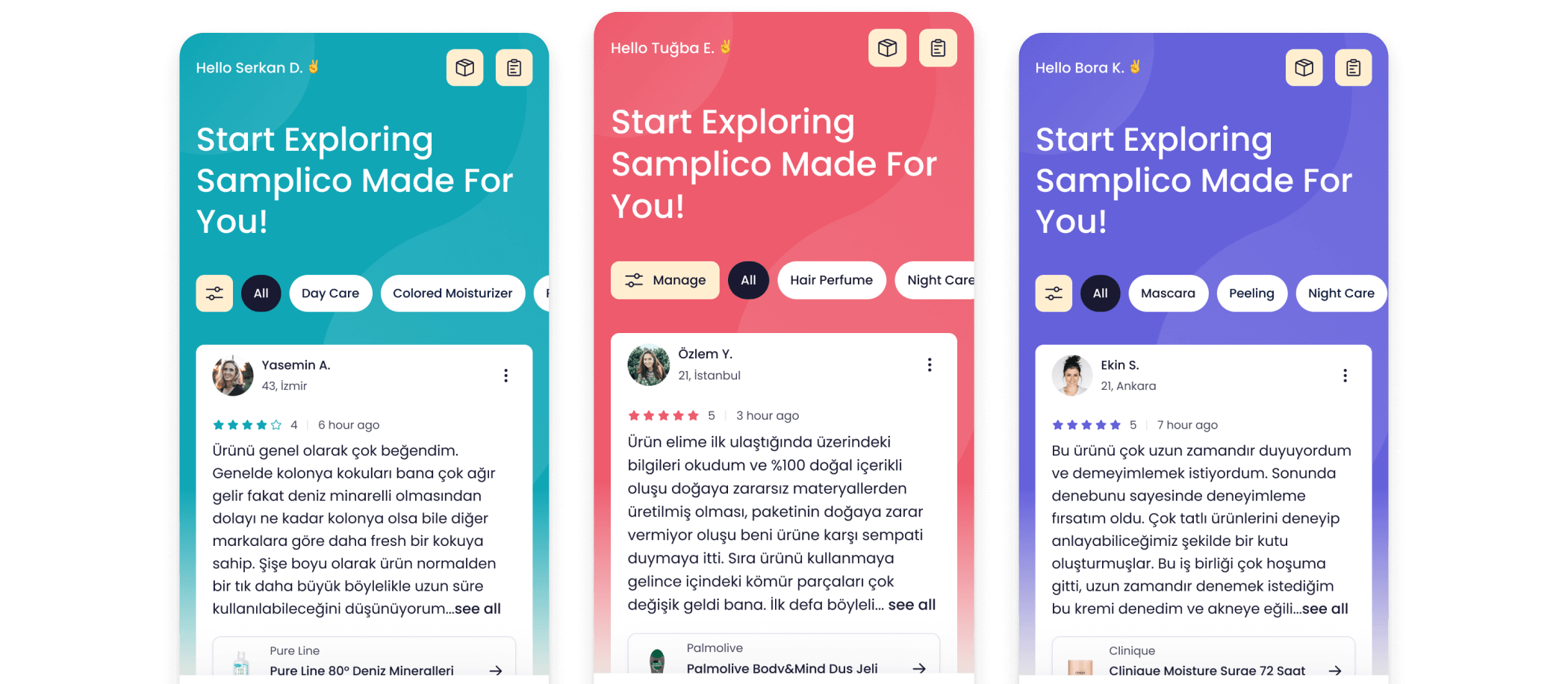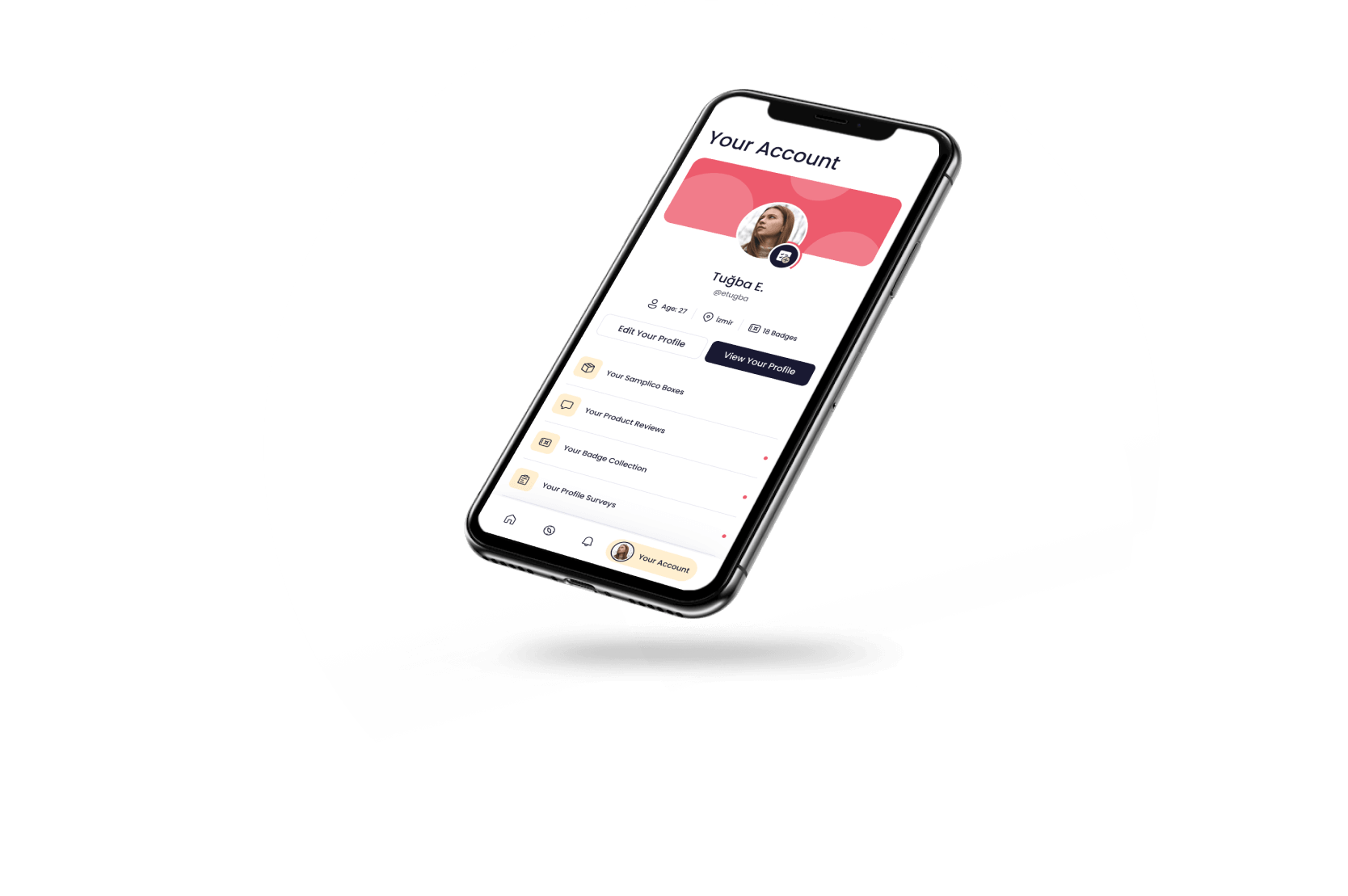About the project
Denebunu, a platform that is not only creating value for users but also brands that they are in collaboration with wants to continue doing so on a global scale. Denebunu has approached SHERPA with a seemingly hefty ask that in reality falls right into one of SHERPA’s areas of expertise: taking the current user experience one step further and designing a mobile experience.
At the end of our collaboration, we have created a profoundly interactive Denebunu mobile experience that is geared specifically for each user’s needs, guiding them through the benefits of the brand. This allowed Denebunu to not only take huge steps in becoming the one key player in its realm nationally but it also paved the way for becoming a trailblazer globally.
The problem
It is completely fair to say that Denebunu has a unique win-win-win business model where they provide value for their users and brands they collaborate with while remaining for-profit. In the world in which we live where getting insights on your target audience is the most valuable currency, Denebunu accomplishes to execute an immense hyper-targeting approach with the perceived and real benefit of allowing their users to try out new products and share their experiences with them. This in return provides the platform, hence the brands they collaborate with, with a vast amount of granular information on their target audience and means to improve on their line of products.
When we kicked off the project, Denebunu users’ only way of coming across the benefits they are provided with was via the website since there was not yet a mobile app. After having delved into a Discovery phase as SHERPA, we have found out several outstanding issues with the current Denebunu user experience:
- Website not providing a satisfactory level of usability hence failing to a certain extent to deliver the intended benefits to the user.
- Website falling short in clearly explaining the benefits and how the service ecosystem works.
- Denebunu experience pivoting solely around the free sample boxes causing dissatisfaction with users not receiving one and making them lose interest in the platform altogether.
- Not-so-well staged scenarios when it comes to providing users with time-sensitive information and getting their feedback in dire situations.
- The profile survey, which is a whopping six-page long form, not being thought through in a way that will guide users to accomplish this task easily, which might make this step a tedious one rather than one that will eventually benefit them.
We have based all our following activities on these pillars which we have identified together with Denebunu in order to come up with a coherent experience strategy to be followed up by an end-to-end mobile user experience.

The strategy
A strategy without a clear understanding of business goals and the current pain points of its stakeholders would be a futile one. Acknowledging this motto, SHERPA facilitated a workshop to not only to kick off the project but to get the grander project team in one virtual room together too. During this workshop teams got aligned on the scope and goals of this project which gave each attendee a clearer understanding on how the process ahead will go on. All parties have left this very workshop rightfully tired but more importantly, with the confidence that the problems to be tackled have been framed and prioritized.
Next stop on the exploration journey was tapping into user data and analytics that we at SHERPA call Funnel Analysis. During this, key data such as visitor to user conversion rates and survey completion behaviours have been analysed then reported. In parallel, in order to make sure we would end up solving real users’ problems and to be able to have a language to communicate with Denebunu better, we have conducted a persona workshop during which we put the power of data into use and matched the insights from the Funnel Analysis, plus our previous findings with four target persona groups. This workshop allowed us to personify our users, prioritize them as well as their problems and gave us clearer insights on which pain points to dig deeper into.
Following the exploration step came along the phase where SHERPA put together a strategic approach to the project. With our go-to UX Strategy Blueprint framework we have established the four pillars of Denebunu strategy:
- 💬A review-based user experience SHERPA, in the light of findings from the exploration phase, turned the focus of the whole experience from obtaining free samples to the consumption of invaluable user reviews allowing Denebunu to increase user conversion rates as well as the frequency of user interactions. This way the users’ inclination towards completely getting turned off from the experience when they realize they are not receiving samples right away have been addressed. In order to ensure the quality and constancy of user reviews, gamification was used.
- ✨“Made for you” approach One of Denebunu’s strongest suits is the indisputable fact that they know their users very well. SHERPA doubled down on this by allowing Denebunu users to have a highly personalized & tailor-made experience.
- 💡Holding users’ hands at each step Clearing out any doubts on how something in any given moment during the experience works and virtually guiding them towards what they need from the get go has been another aspect and guiding principle that SHERPA has built the Denebunu experience onto. With the progressive onboarding approach, users are safely being welcomed into the process, step by step.
- 🗒️New form experience Sometimes strength can turn into weakness if not handled properly. Denebunu not only really knows their users and keeps tabs on them, but as a prerequisite to do so, requires its users to fill out rather lengthy forms. In order to add minimum amount of cognitive load to the user, SHERPA has designed a more organic, conversational and natural form experience that makes the sometimes-tedious process of filling out surveys, more enjoyable and frictionless.
As for the cherry on top, SHERPA has established the content strategy along with the brand voice going hand in hand with these four pillars.

Barış Yeşilçiçek
CTO & Co-founder
Worked with SHERPA on the experience design of Denebunu's highly anticipated mobile app which had been a long time coming. Not only they have delivered this initial promise, but they also went above and beyond by introducing new points of view and approaching the project both from a product perspective and one that prioritizes the user. Their inputs on the strategic standpoint have been invaluable, overall surpassing our already high expectations.
 TR
TR






